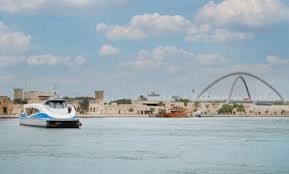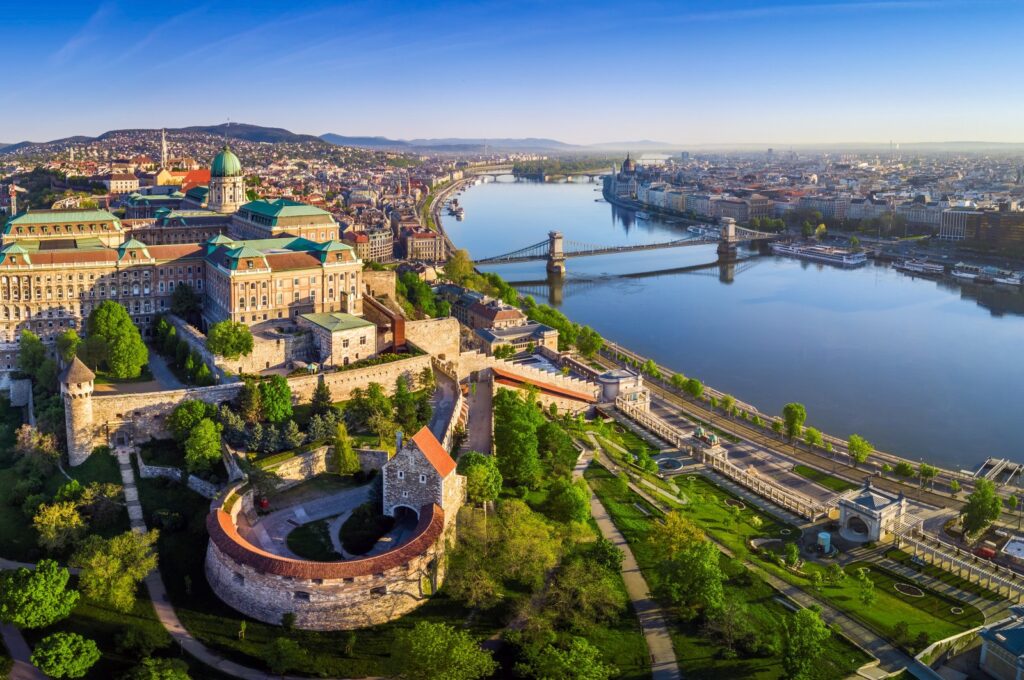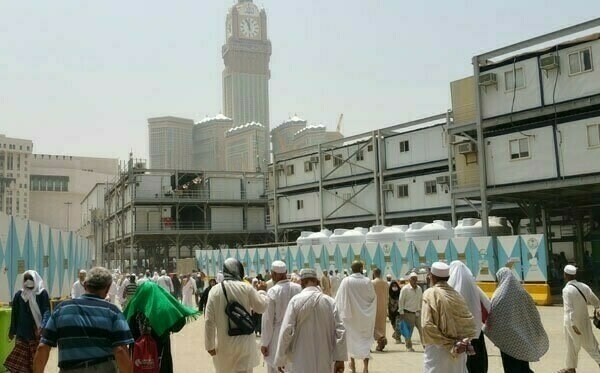
Asene Asanova
ISTANBUL: With mosques, museums, universities and bazaars, the authentic Fatih district is the beating heart of Turkey’s biggest megapolis
For millions of tourists arriving in Istanbul every year, the Fatih district is one of the first places on the itinerary of must-see destinations.
For me personally, Fatih is more than just a historical part of the city. When I first moved to Turkey in 2012, my school, Istanbul University, and dormitory were located in the Vezneciler quarter. I called the area home for five long years, and believe me, despite the crowds, noise and chaos, it was a great experience.
My dormitory was just a few minutes’ walk from the Süleymaniye Mosque, which was designed by imperial architect Mimar Sinan under the auspices of Sultan Suleiman I, also known as Suleiman the Magnificent. The mosque is one of the most important works of Ottoman architecture, telling a story with its design. Its four minarets reflect that Suleiman the Magnificent was the fourth sultan to rule the Ottoman state after the conquest of Istanbul, while the 10 balconies on the minarets denote that he was the 10th Ottoman sultan.
The Süleymaniye Mosque was designed as a complex that could meet both the city’s religious and cultural needs. Apart from the mosque, the complex held a hospital, bathhouse and caravanserai, four madrassas, a school specializing in hadith education, a medical school and an almshouse. Many of these structures still exist today.

The mosque’s garden offers an outstanding view of the Golden Horn, the Bosporus and the bridge, which is just as beautiful in the evening as in the day. The area around the mosque has many terrace cafes where you can also take in the view while enjoying a hot cup of Turkish tea or some traditional food.
Sultanahmet area
The famous Sultanahmet Square is also very close to Vezneciler. It would take us around 20-25 minutes to walk from our dormitory to what many consider to be Istanbul’s greatest landmarks – the Hagia Sophia Grand Mosque and the Blue or Sultanahmet Mosque. On the way, we would grab a cup of coffee from Starbucks and a simit to enjoy while strolling through one of the most historical districts on the planet.
The Hagia Sophia was commissioned as a Greek Orthodox Christian cathedral by Byzantine Emperor Justinian I between 532 and 537. It was later converted into a mosque by Mehmed the Conqueror after the conquest of Istanbul in 1453. In 1935 it began serving as a museum and did so for decades before it was converted back into a mosque in 2020.
Famous for its massive dome in particular, the building is considered one of the most important examples of Byzantine architecture. It was an iconic moment in Istanbul and Turkey’s history when the Hagia Sophia left behind its status as a museum and was restored to its former glory as Hagia Sophia Grand Mosque on July 24, 2020.

The Sultanahmet Mosque was built directly across the Hagia Sophia, completing construction in 1617. Also known as the Blue Mosque, it is the first and only six-minaret mosque of Ottoman architecture.
Another must-see destination in the area is Topkapı Palace. The former home of Ottoman sultans, the palace was converted into a museum showcasing the imperial period and opened for visitors in 1924. In the palace, visitors can see firsthand an array of items from the Ottoman era, from art, porcelain objects and dresses to weapons, shields and armor. The museum also exhibits Ottoman miniatures, Islamic calligraphic manuscripts, murals and large displays of the empire’s treasures and jewels.
If you have enough time, I would also recommend visiting the Basilica Cistern. The large underground cistern is one of Istanbul’s most famous historical sites, impressing visitors with its 336 columns, each 9 meters (nearly 30 feet) long, and two Medusa heads.
Located on the same historical peninsula as the Hagia Sophia and the Blue Mosque, this magical place has been the subject of archaeological intrigue and Hollywood blockbusters, welcoming throngs of tourists every day.
The cistern was also commissioned by the Byzantine Emperor Justinian I in 542 and became known as the Basilica Cistern because there used to be a basilica (a large public building) at the same location. In Turkish, it is known as Yerebatan Sarayı or “Subterranean Palace” due to the marble columns rising out of the water. The site is managed by the cultural arm of the Istanbul Metropolitan Municipality (IBB). This cistern itself is an underground 138-meter by 65-meter chamber, covering an area of 9,800 square meters (around 105,000 square feet), capable of holding almost 80 million liters of water. The cistern met the water needs of the Byzantine palaces and other residents in the area. It was used for a while after the conquest of Istanbul in 1453, notably to water the Topkapı Palace gardens.

Grand Bazaar
The Grand Bazaar, located in the middle of the Beyazıt, Nuruosmaniye and Mercan districts, is one of the city’s biggest landmarks and one of the largest and oldest covered markets in the world, offering an unforgettable shopping experience to all. As one of the tourist sites to host the highest number of visitors in the world, the bazaar welcomes thousands on a daily basis who come to browse its intriguing shops, where a mixture of languages and cultures have buzzed for centuries selling traditional and more modern goods.
What else
To fit everything Fatih has to offer into one article is nearly impossible. The area is filled with places worth a visit, including theaters like the famous Reşat Nuri Sahnesi, historic and modern libraries, museums, historical Ottoman steam baths known as hamams and more. If you ever come to Istanbul, make sure to save a few days to spend just in this area that has so much to offer tourists.
Courtesy: Dailysabah
The post Istanbul diaries: The very historical Fatih district appeared first on The Frontier Post.








